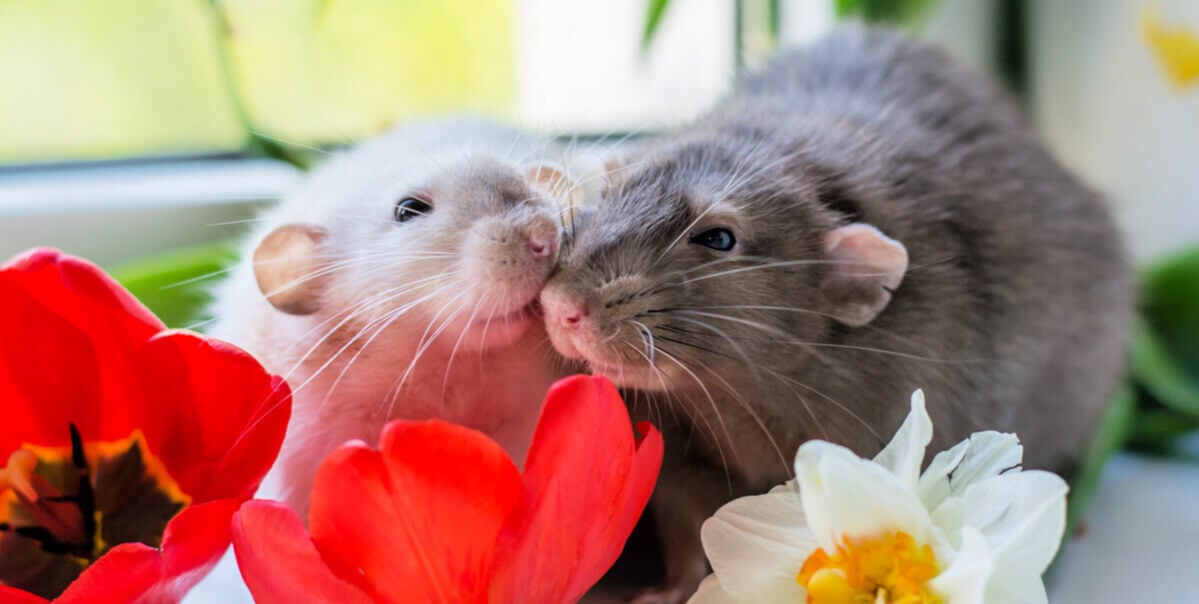PETA to NIH: Animals Feel Pain and Joy—Stop Testing on Them
A new PETA report points out that more than 2,500 studies show that other animals feel pain, fear, joy, and love. Experiments on animals must end now.

Rats laugh when they’re tickled. Sheep can show disappointment. Goats can be optimistic. Octopuses play favorites.
Anyone who has shared their life with dogs, cats, or other animals doesn’t need 2,500 studies to tell us that just like humans, our fellow animals have feelings. But the evidence is overwhelming: They experience emotions ranging from joy and happiness to deep sadness and grief, along with empathy, jealousy, and resentment. They can even suffer from post-traumatic stress disorder.
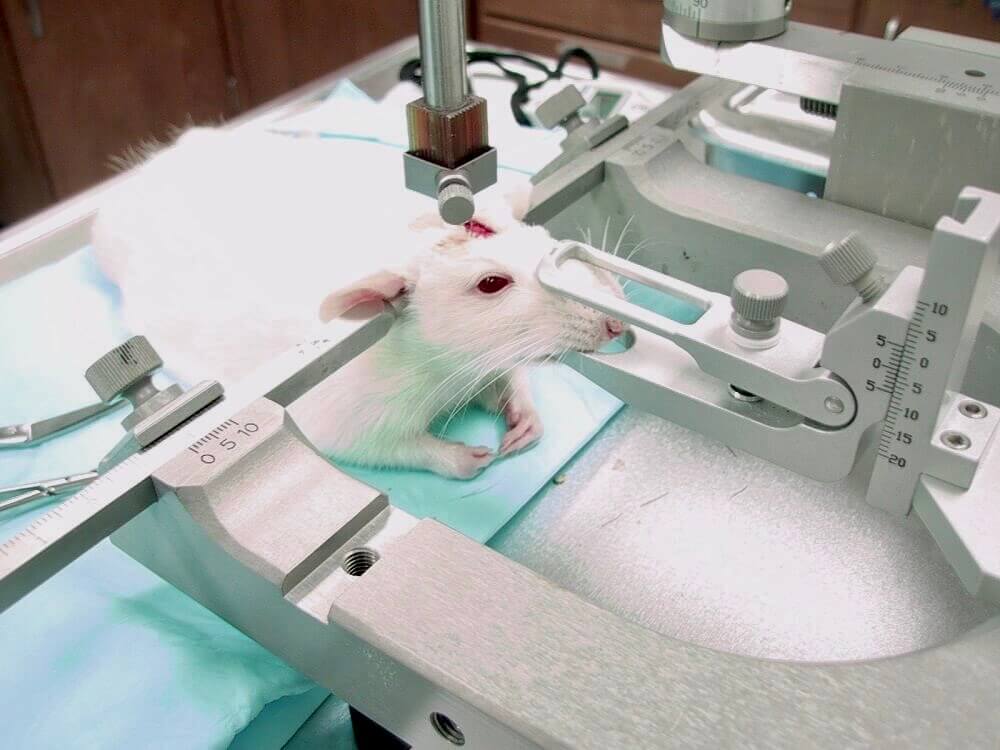
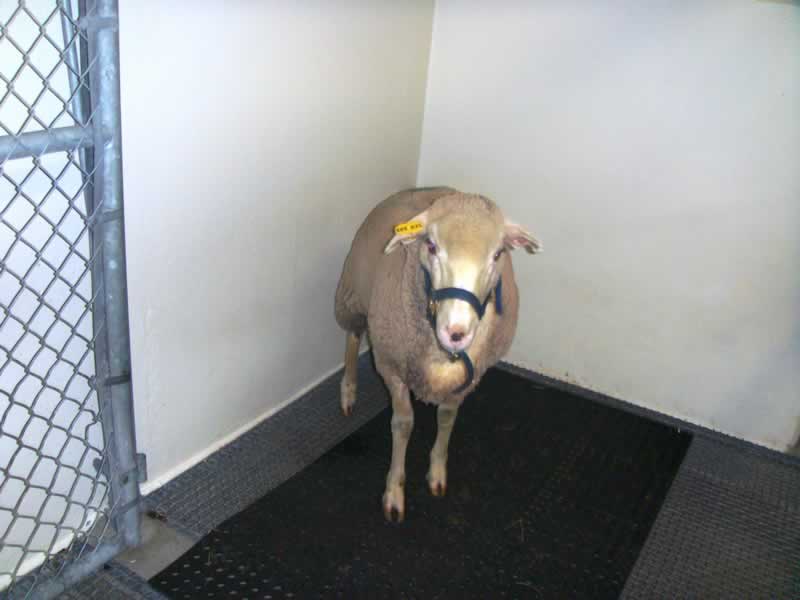

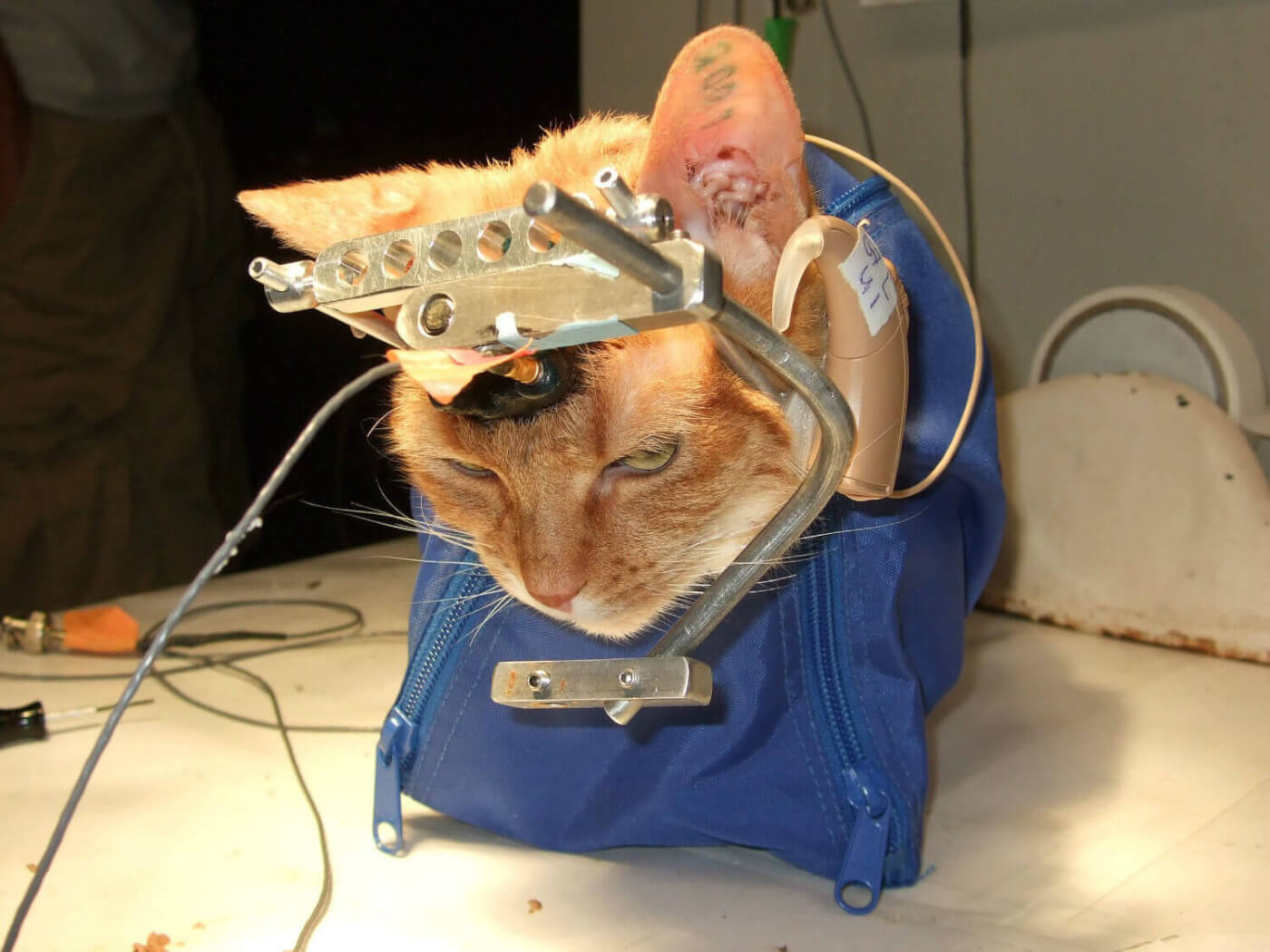
But tens of millions of animals are used each year in painful and invasive experiments before being unceremoniously killed, despite what we know about animals’ capacity for a full emotional life.
The evidence of animal emotion is so convincing that primatologist and animal behaviorist Dr. Frans de Waal has stated, “I cannot name any emotion that is uniquely human.”
PETA Releases a Report on Animal Sentience and Emotions
PETA scientists have authored an authoritative report that compiles evidence from dozens of studies—some funded by the federal National Institutes of Health (NIH)—that show sentience across the animal kingdom, including in mammals, birds, fish, cephalopods (like octopuses), and decapods (like crabs and lobsters). The report explores the cognitive disconnect pervasive in the animal experimentation community. Most behavioral and psychological experiments conducted using animals assume that they have emotions as humans do, yet experimenters deny the validity of other animals’ trauma and suffering. Every time NIH funds a study that uses them, it ignores its own science showing that they feel emotions.
The report concludes that because other animals experience emotions as humans do, it is unethical to subject them to the trauma and emotional distress of experimentation.
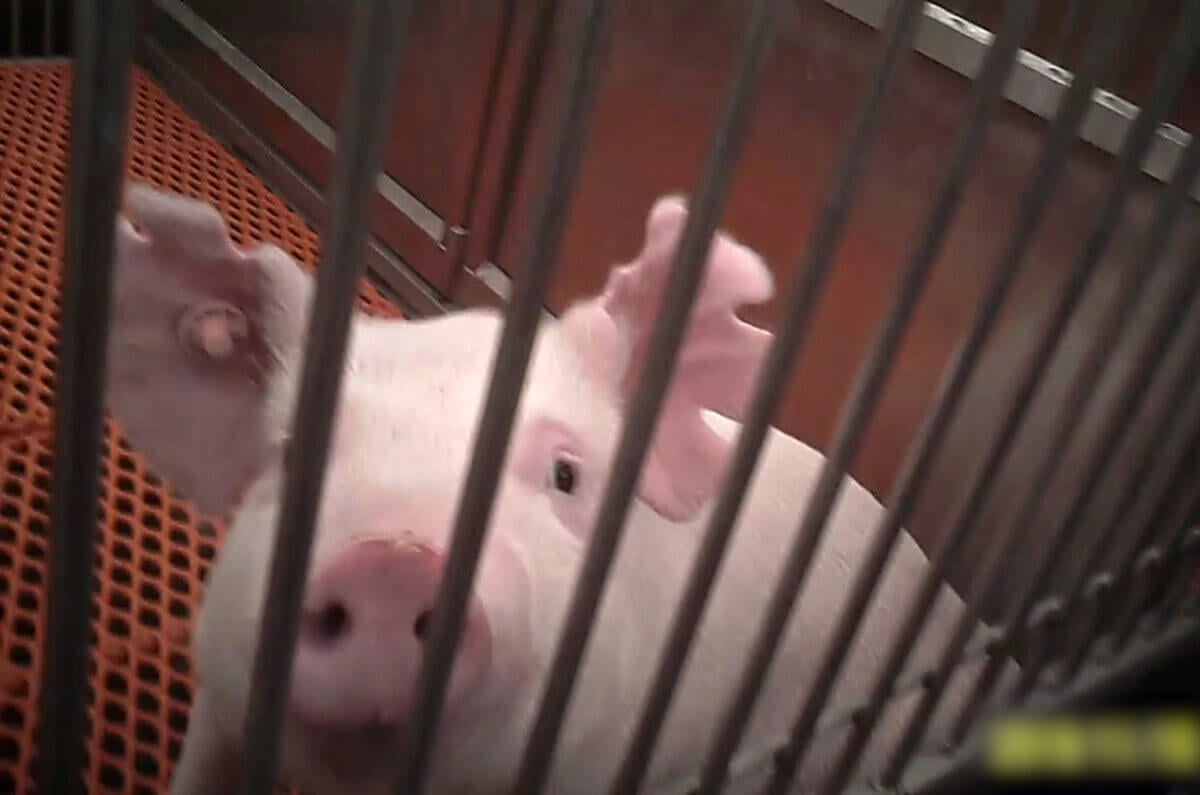
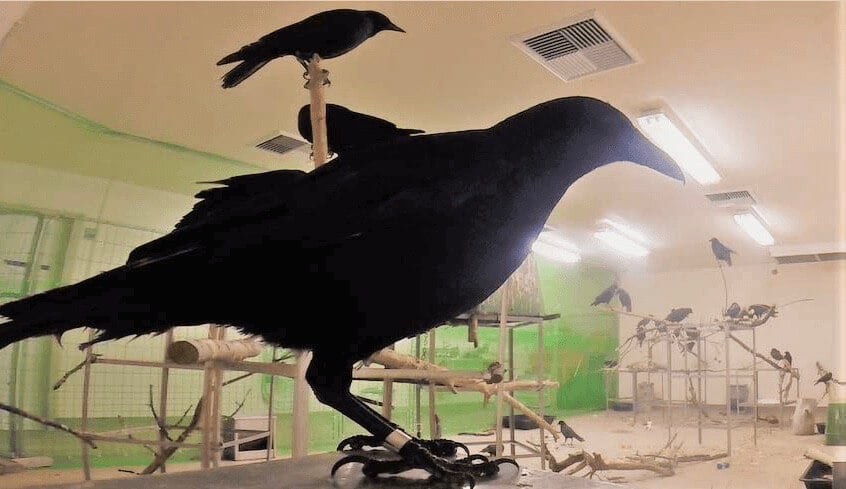
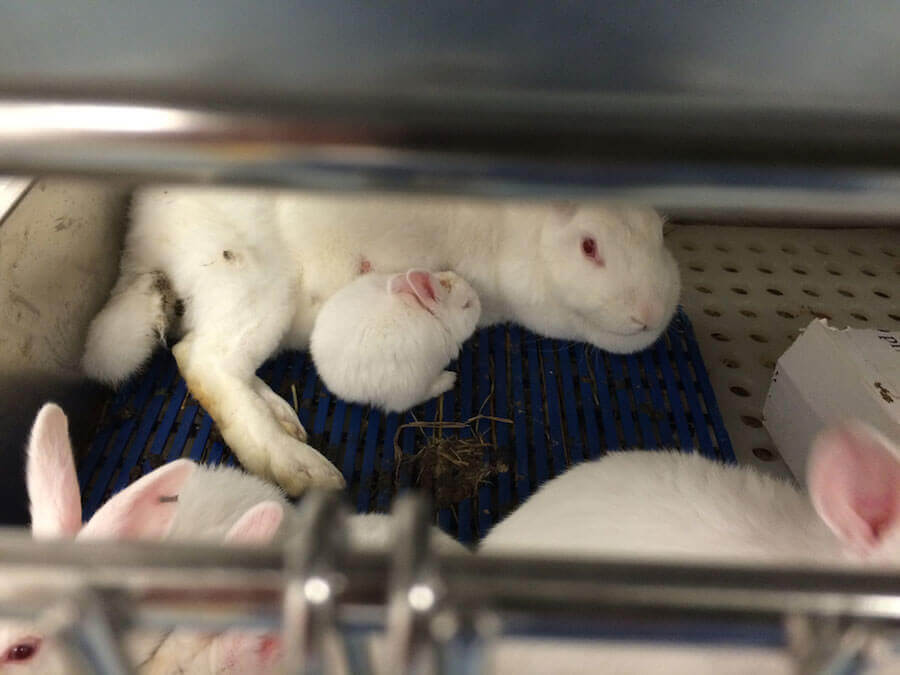
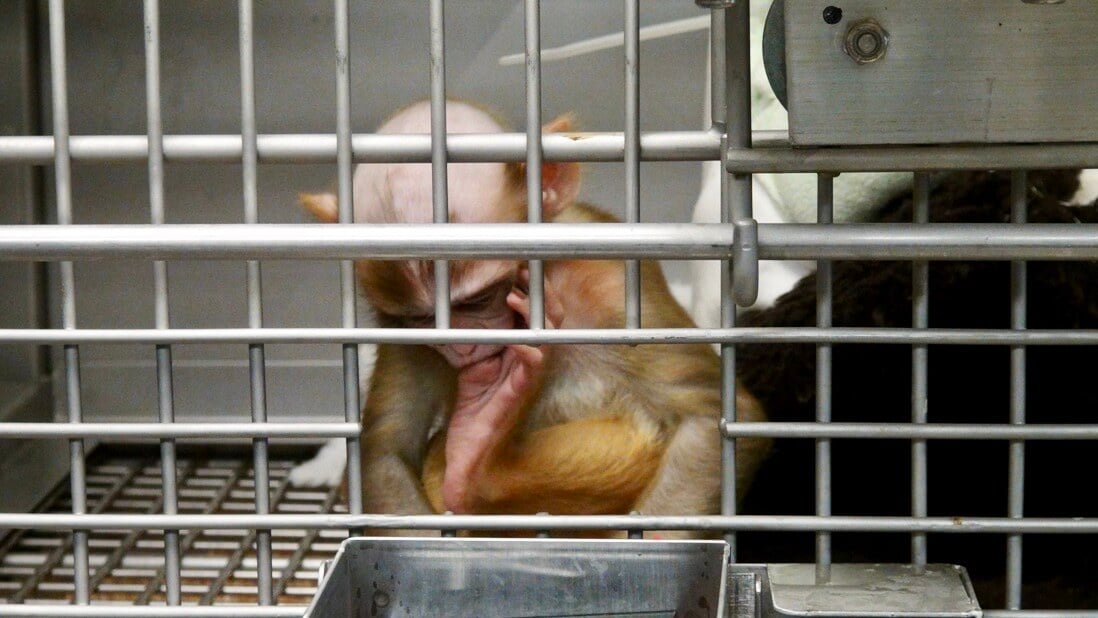
PETA is calling on NIH to pay attention to the indisputable evidence (gleaned from research that the agency has itself funded) that other animals feel complex emotions—and to act on this evidence by ending the use of animals in experiments now.
Did You Know? We’re all Animals, and All Animals Have Feelings!
Rats and mice are some of the most widely experimented on animals in the world. These highly social animals communicate by touch, by smell, and by sound at high frequencies. Rats show empathy and altruism just like humans. They laugh and jump for joy when tickled, demonstrate remorse for bad decisions, and will forgo treats to help another rat in need. Male mice woo their mates with high-pitched love songs, and mother mice vigorously defend their babies. But in laboratories, experimenters deny them the opportunity to live how they desire and deserve to. Help rats and mice used for tests.

Not only do sheep recognize photos of familiar faces, the pictures also comfort them when they’re stressed. Sheep display an array of emotions, including boredom, anger, disgust, and happiness, and they show disappointment when they don’t receive an anticipated reward. Yet vivisectors cut up thousands of them every year.
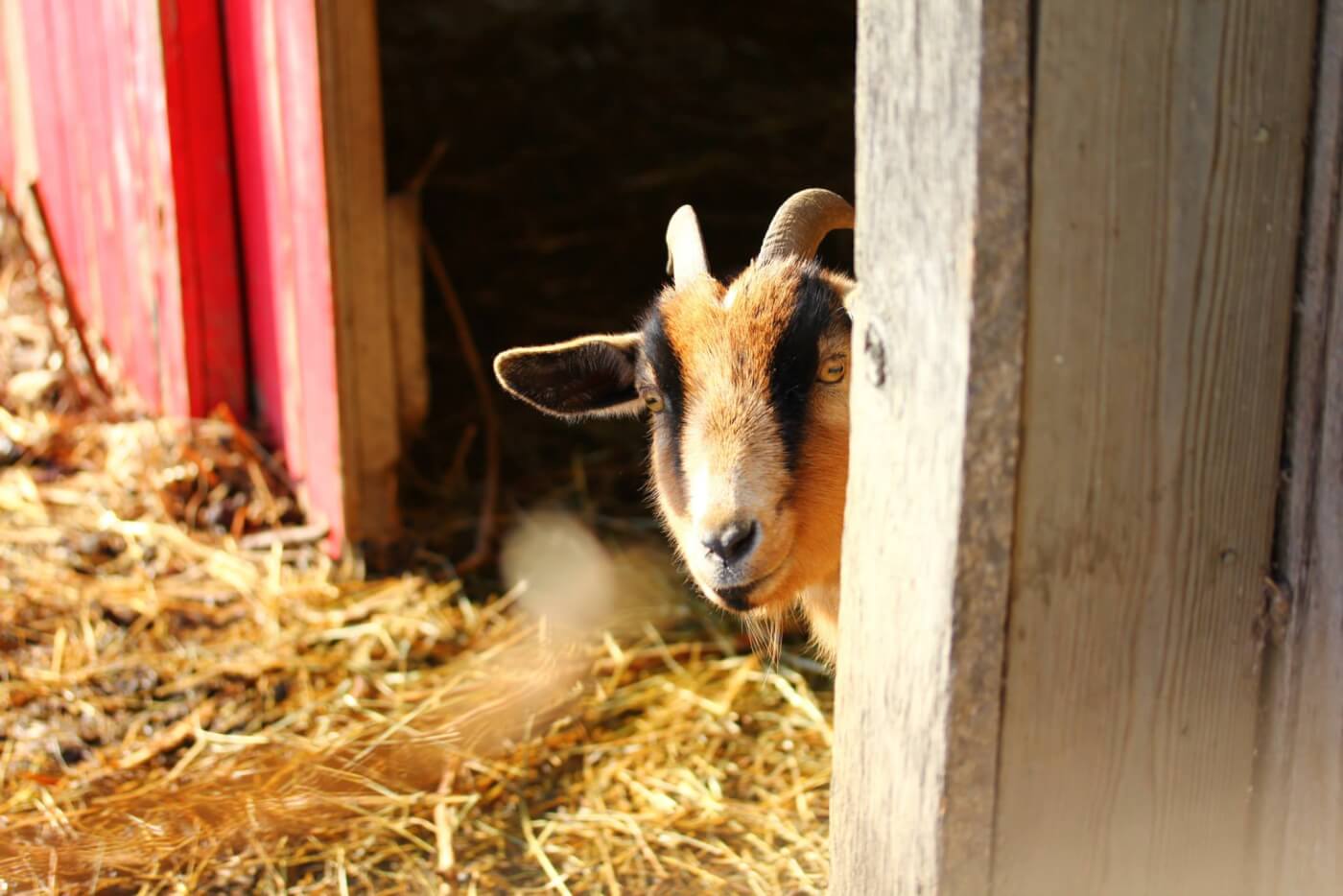
When goats were rescued from neglect, they displayed optimism, which shows not only an ability to recognize that their situation has improved but also hope for the future. But experimenters treat them like test subjects rather than the thinking, feeling beings they are.

You know when you see someone yawn and the next thing you know, you’re yawning, too? This contagious yawning also happens to birds and is a sign of empathy. Many species of birds have been observed playing. Ravens engage in organized play, a complex social interaction that demonstrates empathy. Starlings and sparrows exhibit emotional responses when they hear fellow birds singing. Crows and Western scrub jays hold funerals and mourn their dead, much like humans. Chickens become upset when their chicks are stressed and will do their best to soothe them. Yet at university laboratories, workers capture sparrows, crows, and other birds from their natural homes and torment and kill them.
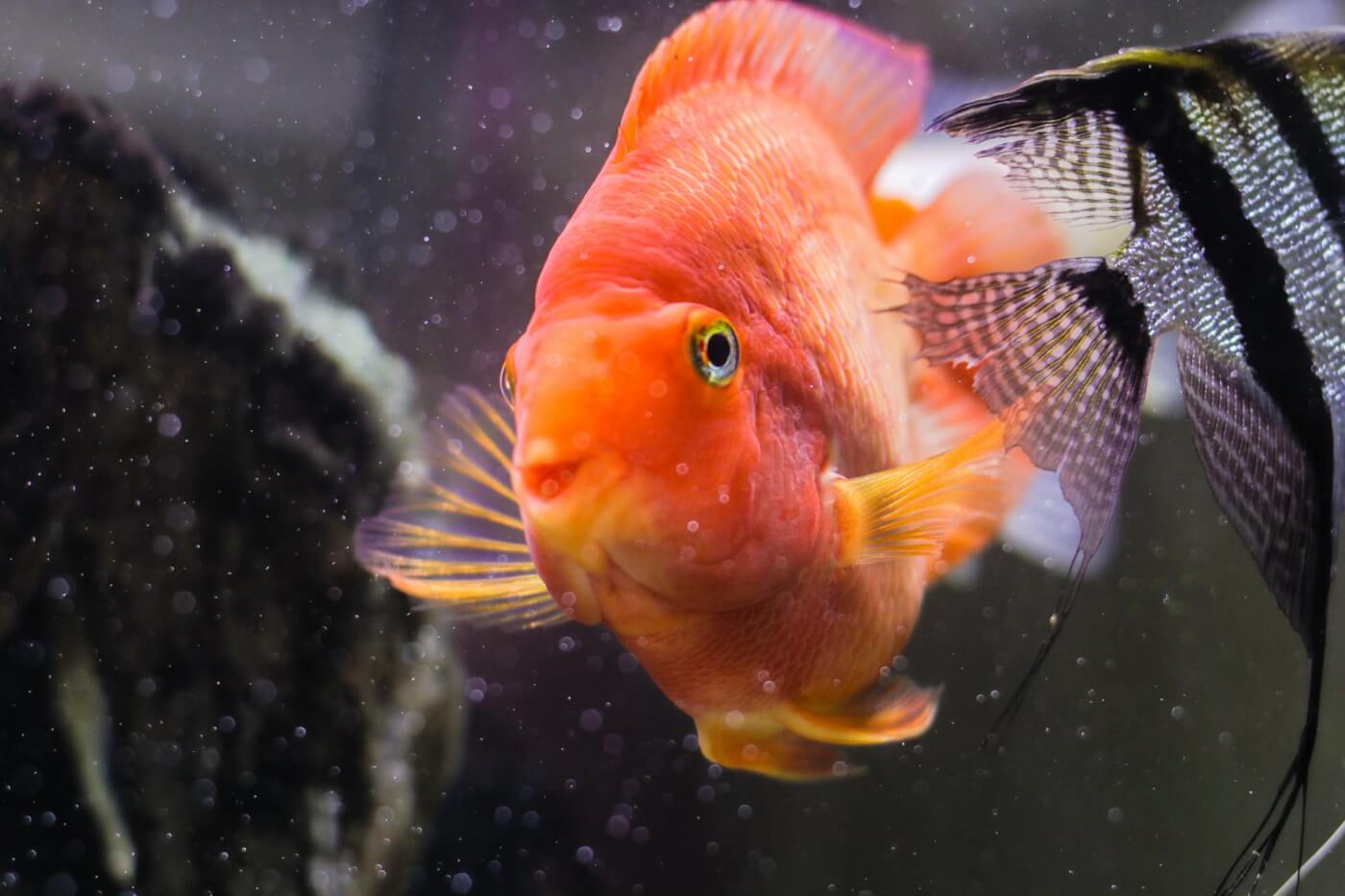
Fish link experiences with memory, consider the consequences of their actions, and exhibit distinct personality traits. But zebrafish, rainbow trout, goldfish, and other sea life are doomed to lives in laboratories where vivisectors drill holes into their heads and they’re poisoned without regard for who they are.

Hermit crabs are aware of pain and, like humans, are able to weigh the costs and benefits of their decisions. Studies have shown that they’ll tolerate more intense painful electric shocks in order to keep roomier and more protective shells, while they will more quickly flee shells that are less desirable to them if they are being subjected to painful shocks. Like all crustaceans, they should be left alone instead of being put in unnatural laboratory settings.
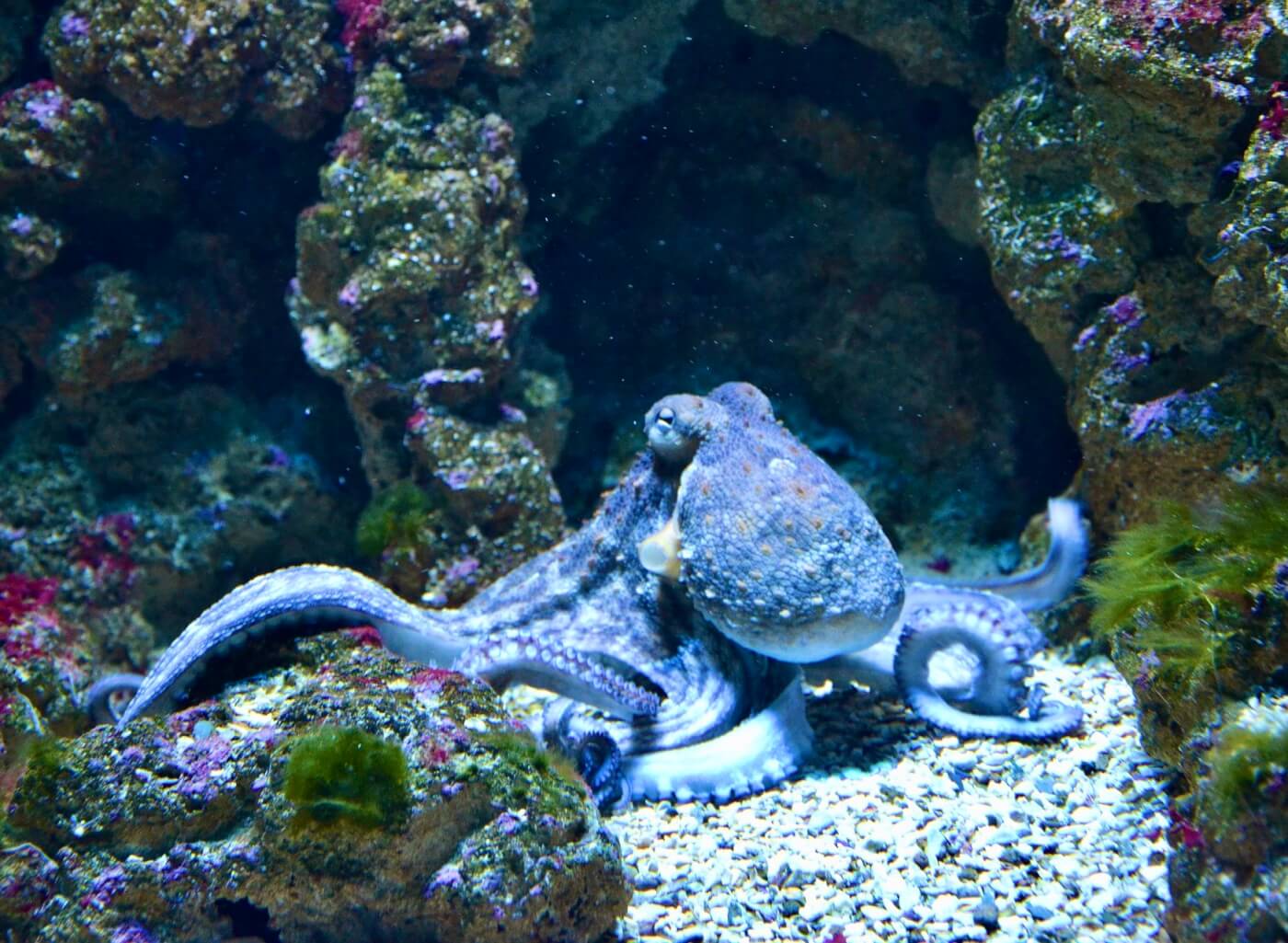
Octopuses have definite preferences when it comes to people they like and don’t like, and they’ve been known to squirt experimenters with water when approached. They play and show a variety of emotions through changes in their coloration and skin patterns. Octopuses have planned daring escapes from aquariums, making their moves when they know they aren’t being closely observed. Cuttlefish, who are close relatives of octopuses, experience REM sleep and may dream like humans. These fascinating beings should be respected, not tested on.
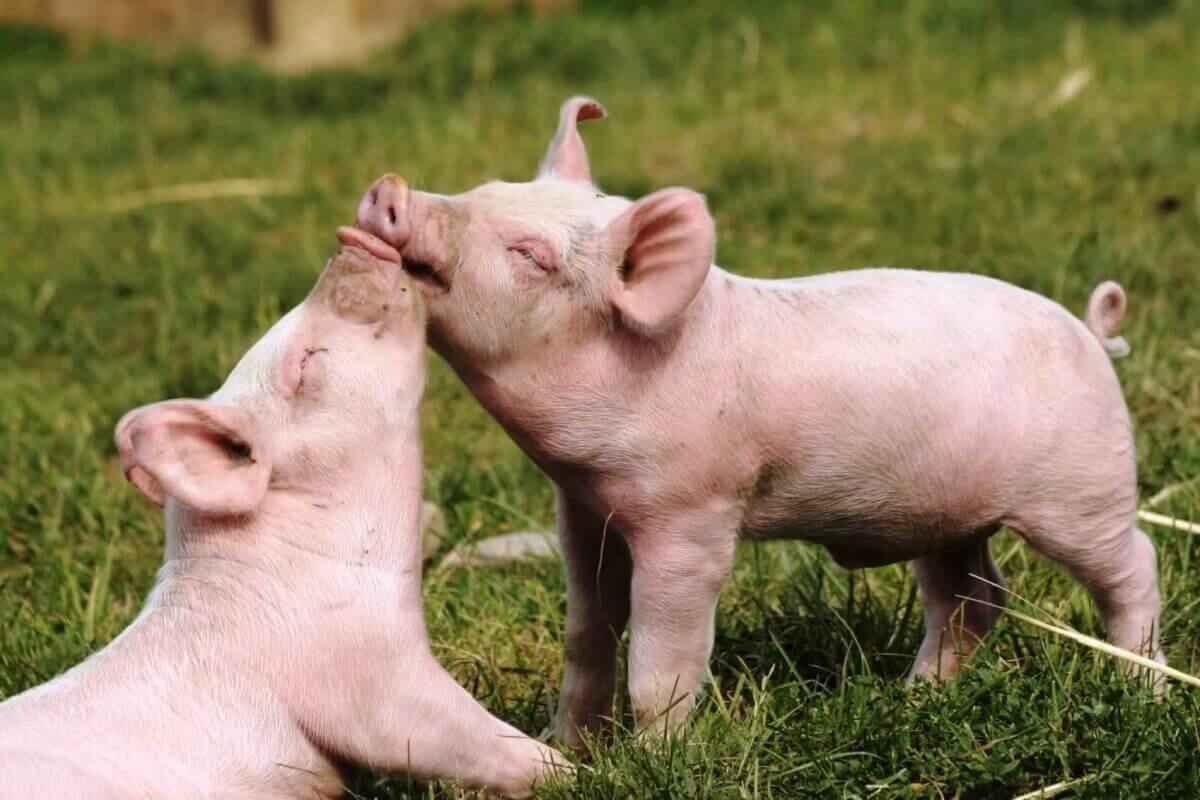
Pigs engage in complex play, devising games with toys and other animals, and they’ve shown that they can understand the perspective of another. Experimenters cut and burn their skin as if they were objects, but pigs deserve autonomy and freedom.
NIH: Put the ‘Humane’ Back in ‘Humanity’
A global trend is emerging in the political landscape as more and more areas of the world recognize that our fellow animals are able to feel. Multiple countries, including France, the Netherlands, New Zealand, Sweden, and Tanzania, have explicitly recognized animal sentience in their federal laws. The Belgian capital of Brussels recognized animals as living beings “endowed with sensitivity, interests of [their] own and dignity, [who benefit] from special protection,” and Oregon has issued a declaration that animals “are sentient beings capable of experiencing pain, stress and fear.” Other states have considered legislation that recognizes animals’ intrinsic worth.
The only humane, ethical, and moral way forward is to stop experimentation on animals.
People who claim to be scientists must abide by science. By refusing to heed the undeniable fact of animal sentience, animal experimenters—and the agencies such as NIH that fund them—are being left behind. Archaic methods that use animals—increasingly rejected by the public as being immoral—must end, and we must shift entirely to human-relevant methods such as organs-on-chips, organoids, 3-D bioprinting, and bioinformatics, which produce information that actually advances science.
Please tell NIH to pay attention to the science of animal sentience, including its own, and stop conducting and funding experiments on animals.
Putting the subject line and letter into your own words will help draw attention to your e-mail.
